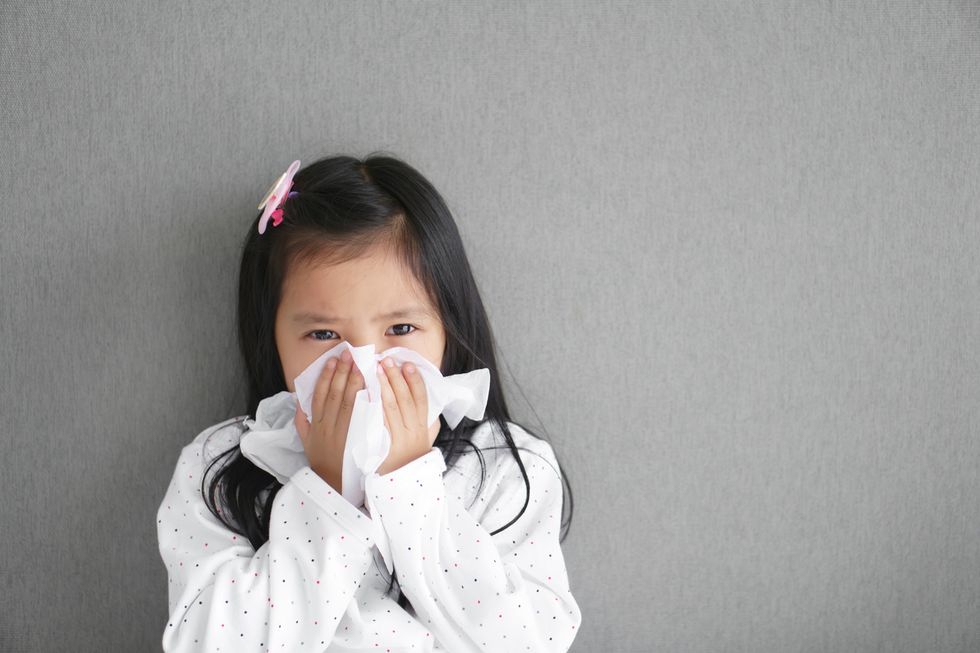Allergies remain a significant problem for as many as 50 million Americans, ranging from food to pollen allergies and more. The number of allergy cases spiked in children from 1997 through 2011 as cited by the Centers for Disease Control and reported by Healthline. Fortunately, there have been enough advancements in medicine and preventative measures that parents can take to ensure that their child's quality of life is as normal as can be given allergy issues.
Causes for concern like prolonged symptoms shouldn't be taken lightly, however, especially for your little ones. Experts have stated that the moment these allergic reactions interfere with one's daily life is the time you should seek an allergist or immunologist to determine what's causing it and the best form of treatment. Catching these signs early in your child is crucial in improving their quality of life moving forward.
Identifying Your Child's Allergens Through Testing
A professional allergist can test your child to identify the allergens causing the reactions. There are three main tests used for this purpose. Prick testing is the most widely used method. As the name suggests, a small drop of allergen is introduced into your child's body via puncturing the top layer of skin. The results show up almost immediately, with a skin irritation occurring to signify a positive result in about 15 to 20 minutes after the test is administered.
Blood testing is another option that is often used for some patients with skin conditions. Specifically, patients with food allergies are often good candidates for this type of testing.
Patch testing is often recommended for children who suffer from rashes. Allergens are applied to the child's back and held in place with medical tape. Patients are advised to avoid water or activities that are likely to make them sweat to protect the test results. In 48 hours, the child will return to the allergist's office to observe the patch of skin. A second examination is performed 24 to 48 hours later.
Another common test used to diagnose allergy issues is the pulmonary function test. This procedure measures the capacity of the lungs to hold air. Children experiencing breathing problems or specifically asthma attacks are likely to be given this type of test.
Take Preventative Measures to Avoid Allergens
While it may be impossible for a child to avoid allergens altogether, parents should make a concerted effort to establish routines and practices designed to protect their child from the trauma of an allergic reaction. For example, it makes good sense to track pollen levels and to keep your child inside during peak pollen periods if that is an identified trigger or cause for concern. WebMD reports that during the summer and fall, pollen levels are higher during morning hours.
Windy days can also be good days to plan indoor activities for your child if pollen is a problem. For that same reason, the FDA recommends keeping windows in your car and house shut when the pollen count is high.
Pay particular attention to your child's bedding since it can pose problems. Frequently washing bed sheets and blankets weekly in hot water is highly recommended. Allergy-proof bedding materials are available in most stores and should be used to fortify your family's defense against allergens. Don't forget to wash the curtains frequently and to throw stuffed animals in the dryer too, as a failproof way to kill dust mites.
Pet dander is another allergen that can cause problems. For this reason, it is best to say "no" to getting a pet if pet dander shows up in testing as a problem source. If you already have a pet and your child is attached to that pet, then it is important to bathe the pet as much as possible and to set some practical guidelines in place. For example, pets should not be allowed in the child's bed. It is also very important to vacuum and dust often to manage dander levels.
Understanding Allergy Symptoms
Allergy symptoms can be quite obvious but are often confused with signs of the common cold. The best way to differentiate between symptoms of a cold or an allergy is that colds generally subside in a week, but allergies tend to persist. When in doubt, it makes sense to consult with an allergist.
Some of the other symptoms to watch for are swollen eyes, an itchy throat, or itchy ears. Hay fever is a common childhood allergy problem. Rhinitis is another common allergy that children endure.
Wheezing or shortness of breath are easy to spot and should alert parents to immediately make an appointment with a trusted allergist. Asthmatic symptoms can be especially frightening for a child. Symptoms that are not always linked to allergies automatically are stomach problems. If your child regularly experiences stomach cramps or bouts of diarrhea, then a trip to see an allergist might be warranted.
Headaches can also be an indicator of allergies. It is not normal for children to get regular headaches.
Final Word
It is important to address possible allergy symptoms immediately by scheduling an appointment as soon as you witness your child suffering from the symptoms above. A professional allergist can identify the child's triggers and then provide the guidelines every parent needs to provide relief.
In some cases, antihistamines or other medicine may be prescribed combined with special avoidance strategies designed to prevent a sudden, frightening allergic reaction. With some smart and practical planning, a child with allergies can live a carefree life, free from traumatic events that can be frightening and prevent them from wanting to fully participate in activities they enjoy.
















